臨床病理 47(2) 132-145, 1999 Japanese Journal of Clinical Pathology 47(2) 132-145, 1999 第10回日本臨床病理学会関東・甲信越支部総会シンポジウム:医療現場におけるコンピュータ応用の現状(5)臨床検査領域におけるコンピュータ応用の実際西堀 眞弘*1 萩原 三千男*2*1,2東京医科歯科大学医学部附属病院検査部 (〒113-8519 東京都文京区湯島1-5-45) The State of the Art of the Computer Applications
Masahiro NISHIBORI, MD*1 and Michio HAGIHARA*2 |
For all kinds of purposes, a huge amount of data are processed at a clinical laboratory, including not only letters and numerical values, but also waves and graphics. So various computer applications have been developed for it, although only a small part of them has survived through severe use in practice. They have to cope with many exceptions that will occur at any time, and also to adapt progressive changes in medicine and in needs to medicine, otherwise they cannot increase the productivity of their users, rather they will decrease it. To avoid such failures, (1) one should make a comprehensive system analysis before planning, (2) one should understand completely what will happen at the user interface of the system, (3) one should make systems so flexible that they can adapt the alteration of needs of their users. This paper present some outstanding examples that are used or are going to be used successfully in each practical application of laboratory medicine, and point out the key factors of each success. [Key Words] computer (コンピュータ), laboratory information system (臨床検査情報システム), laboratory medicine (臨床検査医学) |
Figure 1 Case 1: Digitizing a microscopic image3).
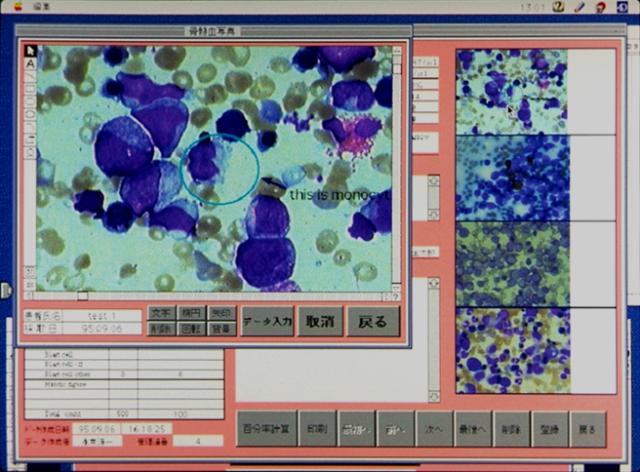 Figure 2 Case 1: Accessing previous data of any patient3).
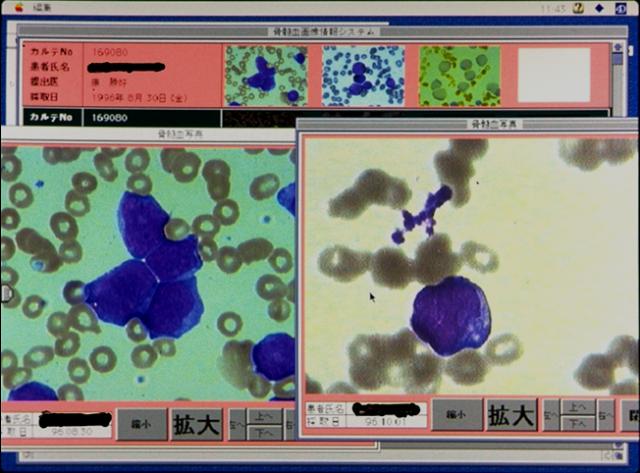 Figure 3 Case 1: A report sheet of a bone marrow examination with colorful images3). 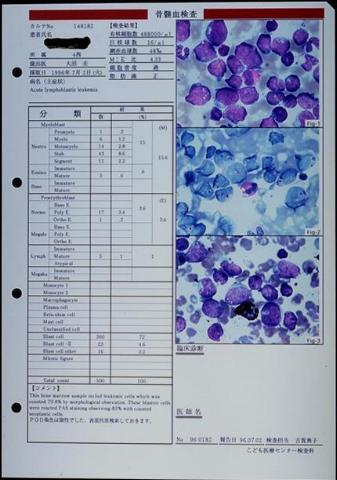 Figure 4 Case 1: Evaluation of the system by users3). 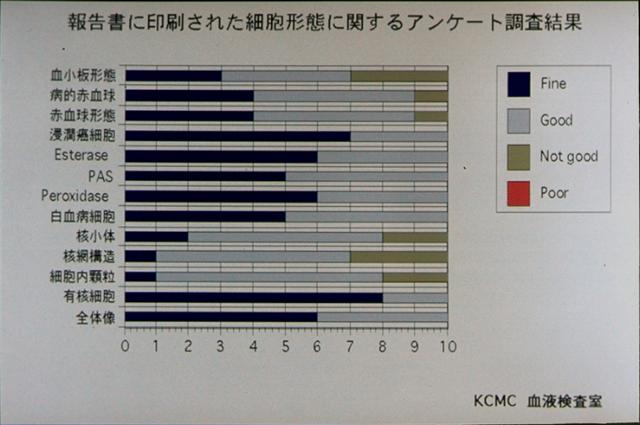 Figure 5 Case 1: Comparison of the costs against an ordinary system. 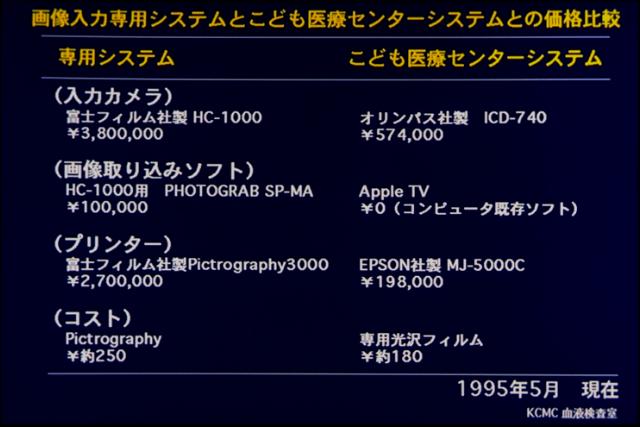
Figure 6 Case 2: The three-frame structure of the screen display. 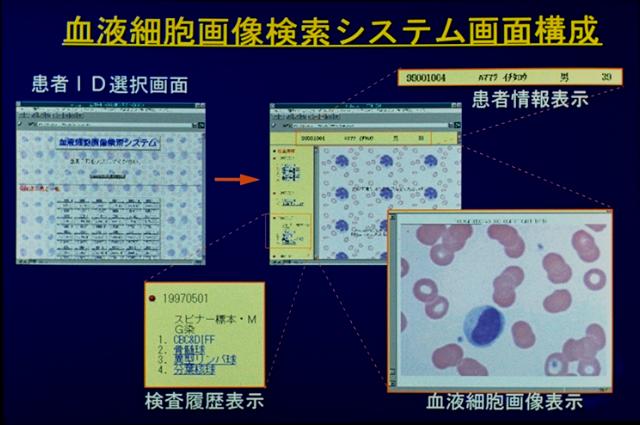 Figure 7 Case 3: Electrophoresis of the serum protein of a case. 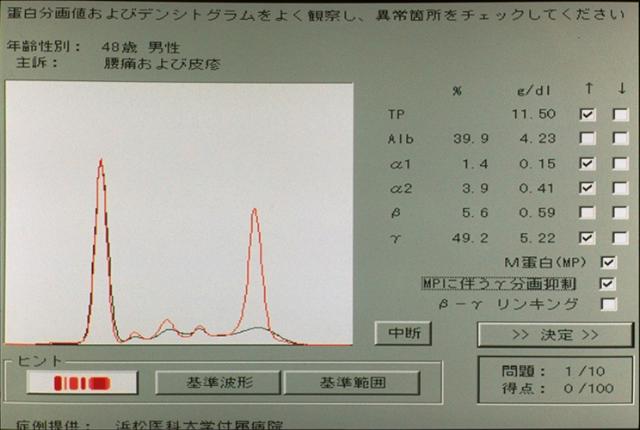 Figure 8 Case 3: Selection of various examinations. 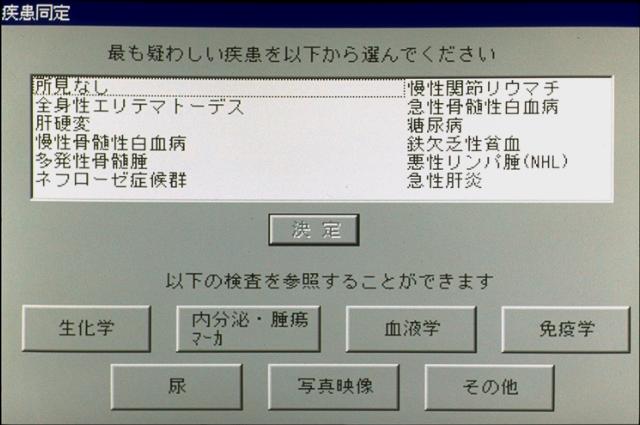 Figure 9 Case 3: Immunoelectrophoresis of the serum protein of a case. 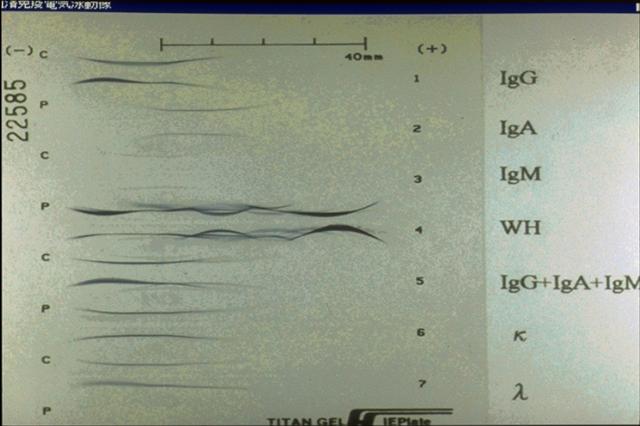 Figure 10 Case 3: Microscopic images of a case. 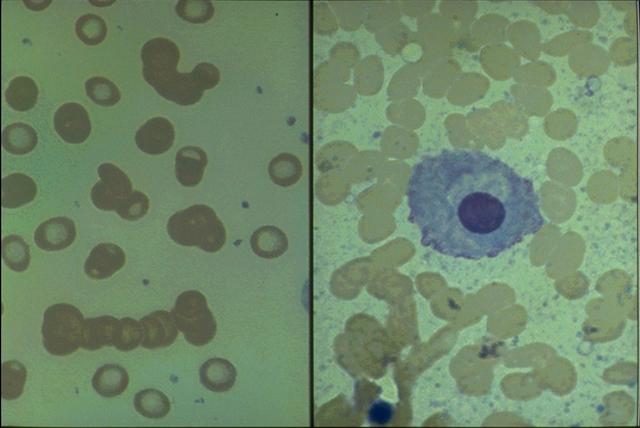 Figure 11 Case 4: The opening page of the electronic RCPC system5). 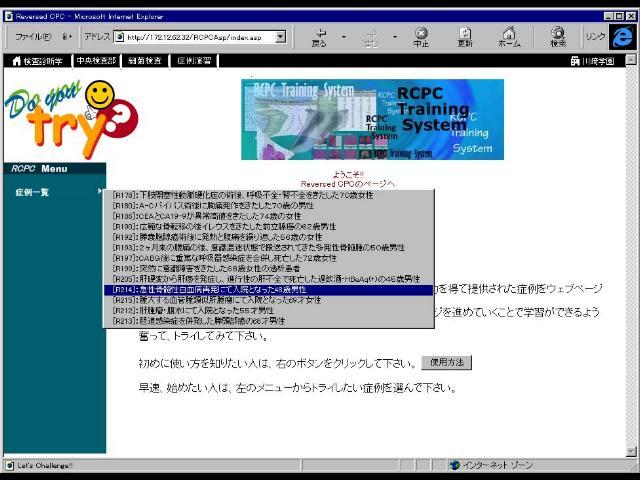 Figure 12 Case 5: Four systems integrated together into an electronic patient record system7). 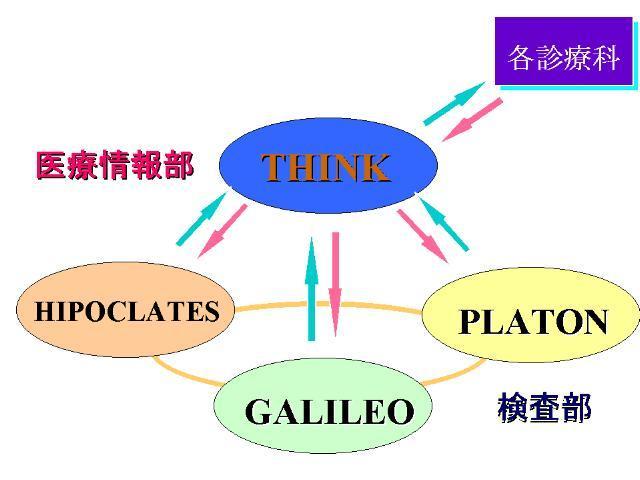 Figure 13 Case 6: Management and standardization of various formats of wave data. 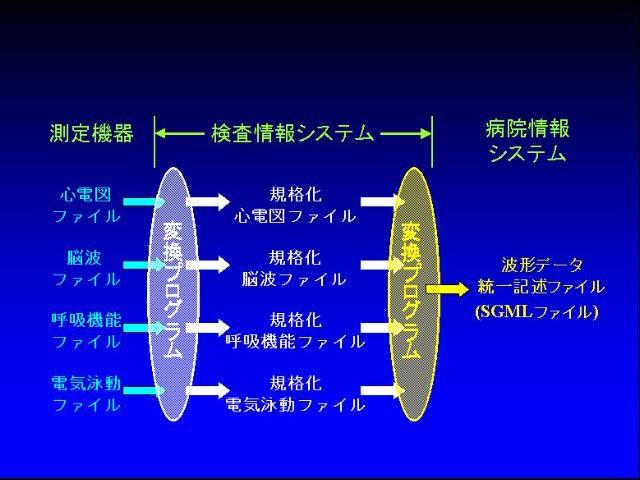 Figure 14 Case 7: An online report of microbiological tests. 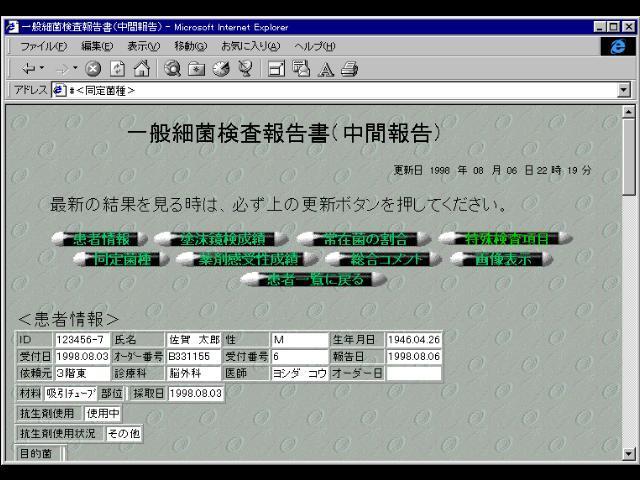 Figure 15 Case 7: An online report with a microscopic image. 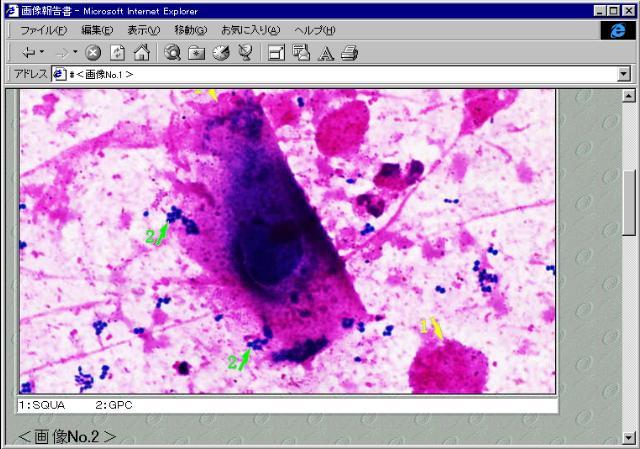 Figure 16 Case 7: A report sheet with a microscopic image. 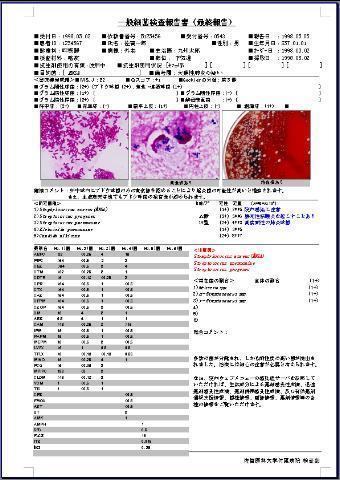
Figure 17 Case 7: A classified database of drug susceptibility. 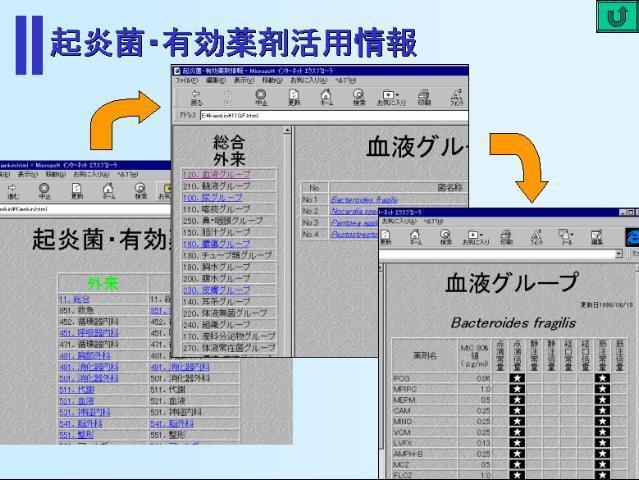 Figure 18 Case 7: An online report with speculated drug susceptibility. 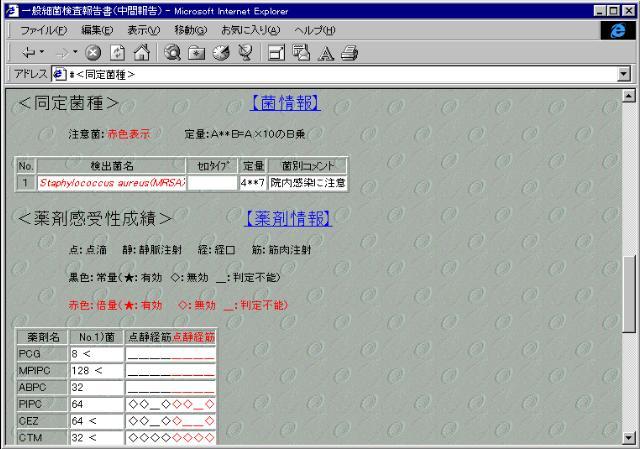
Figure 19 Case 8: An online manual with colorful photographs. 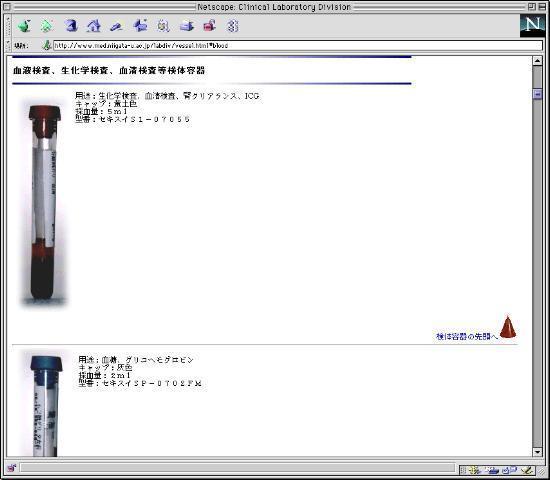 Figure 20 Case 9: QC data of two hospitals displayed by both a graphic chart and a numeric table. 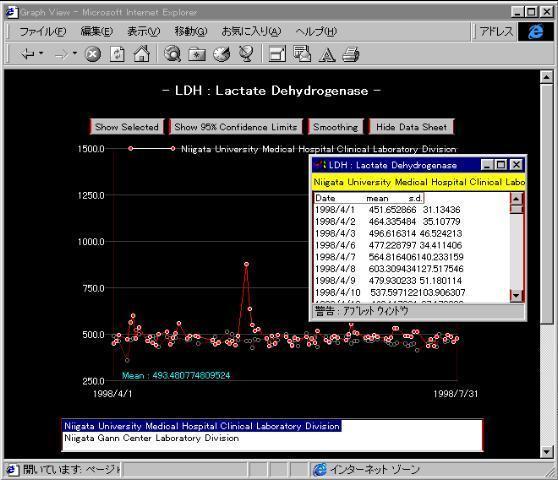 Figure 21 Case 10: An experimental survey using the internet. 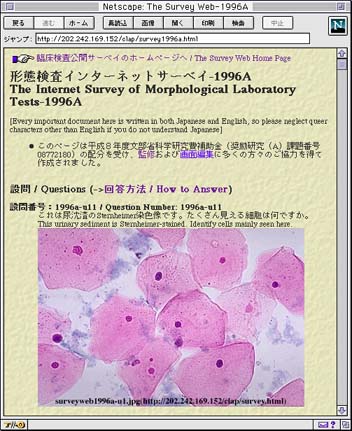
Figure 22 Case 11: Comparison of two kinds of the user interface. 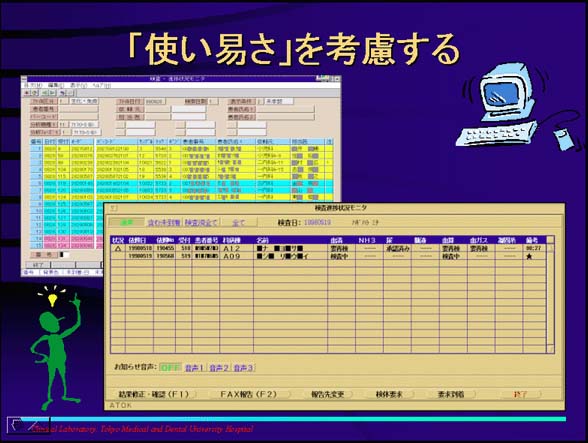
[-> Archives of Dr. mn's Research Works]
第10回日本臨床病理学会関東・甲信越支部総会抄録集 16, 1999 第10回日本臨床病理学会関東・甲信越支部総会
|
コンピュータの機能は大きく分けて、計算、文字・数値の記憶・検索・編集、データ通信、推論、ネットワーク、マルチメディアがあり、技術の進歩と共にこの順で利用されてきた。一方臨床検査実務への応用分野には、計測値換算、精度管理計算、報告書作成、診断支援、分析データ収集、分析装置制御、オーダリング、オンラインデータ参照、地域ネットワーク精度管理、形態検査外部精度管理、学生教育、生涯教育があり、ほぼこの順で利用が進んできている。適用分野を縦軸、コンピュータの機能を横軸にとったとき、可能性としてはこれら全ての組合せによる応用が考えられるが、その多くは淘汰され、実用に耐えるもののみが生き残ってきた。 コンピュータ導入の本質は、実は他の手段、即ち人手でも可能な機能が代替されるに過ぎない場合が割合としては最も多い。医療現場は常に予想外の事態への対応が求められ、社会情勢とともに常に移ろいゆく変化に富んだ世界であり、臨床検査の分野も例外ではない。現在のコンピュータは人間のようには融通が利かないので、そのような臨床検査の現場に漫然と導入すると、却って生産性が落ちてしまう。 そのような失敗を避け、コンピュータの真価を引き出すためには、(1)情報だけでなく人・モノ・お金の全体の流れを把握し、コンピュータに代替させる機能を綿密に把握すること、(2)コンピュータの外の世界、即ち利用者や自動分析装置などと、コンピュータとの接点、すなわちインターフェースの部分に起こり得るあらゆる状況を綿密に把握し、定型処理だけでなく例外処理やトラブル処理についても柔軟に対応できるよう設計すること、(3)医療および検査技術の進歩と社会情勢の変化を予測し、柔軟にバージョンアップできるよう設計することがポイントである。 本講演では、臨床検査の現場で実際に稼働し優れた効果をあげている応用事例、および現在実用途上にあり、画期的効果が見込まれている試験運用事例の中からいくつかをご紹介し、上記の3つのポイントを満たすため、各々がいかに目に見えない工夫をこらしているかを指摘する。なお、時間の関係で数多くの他の優れた事例を割愛させていただいたことを予めお断りしておきたい。 |
[-> Archives of Dr. mn's Research Works]